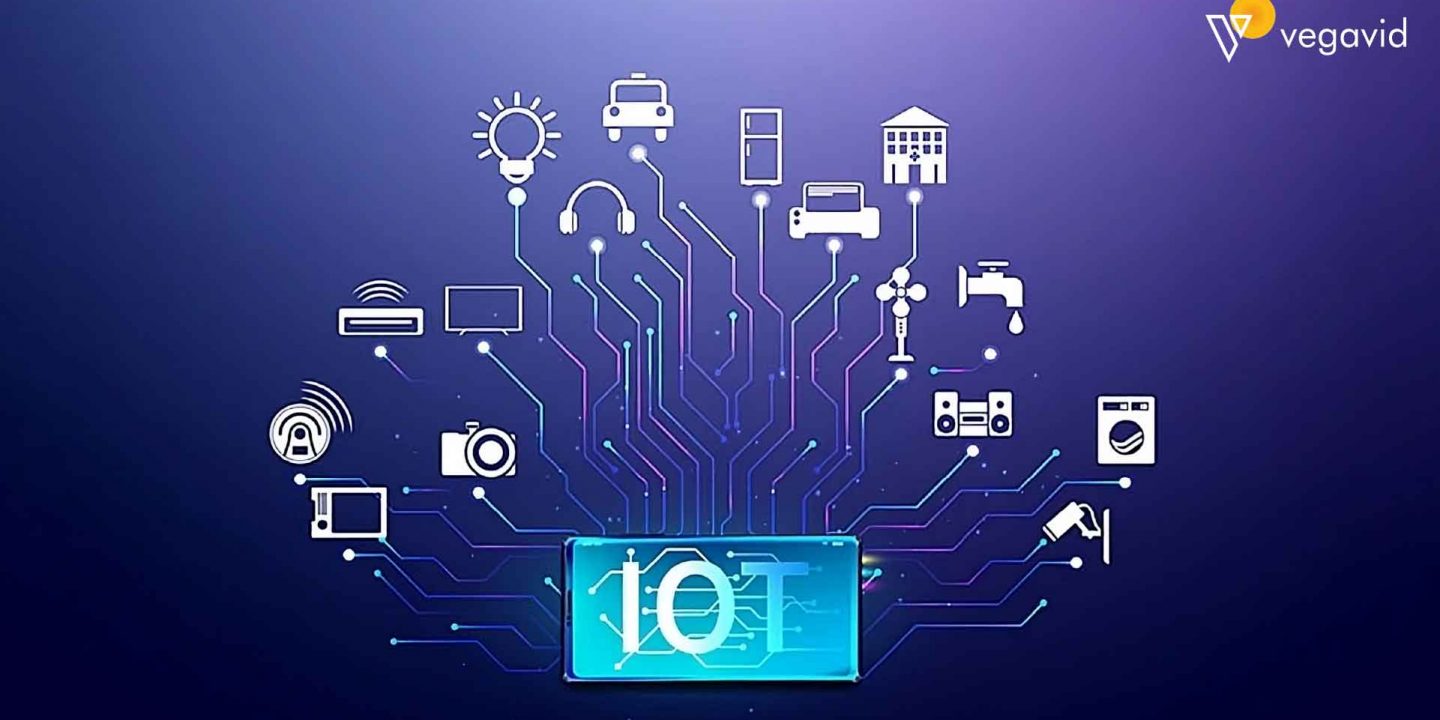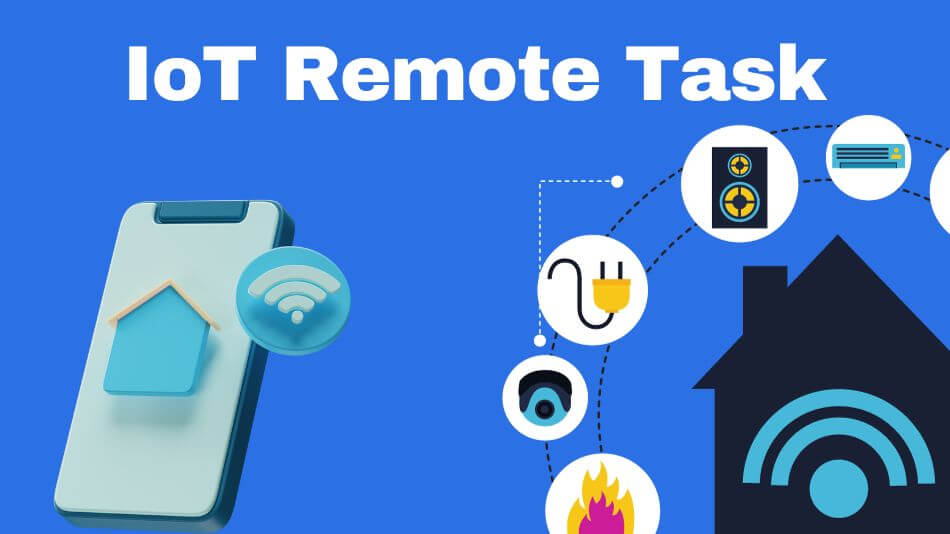In today's rapidly evolving technological landscape, remote IoT management software examples have become crucial for businesses aiming to streamline operations and enhance efficiency. As more devices connect to the Internet of Things (IoT), the need for effective management solutions has grown exponentially. Remote IoT management software allows organizations to monitor, configure, and maintain IoT devices from a centralized platform, reducing costs and improving performance.
The integration of IoT into various industries has transformed how businesses operate. However, managing a vast network of connected devices can be challenging without the right tools. This is where remote IoT management software comes into play, offering scalable solutions that cater to the unique needs of enterprises. Whether it's monitoring smart home devices or managing industrial sensors, these platforms provide the necessary infrastructure to ensure seamless connectivity.
As we delve deeper into this article, we will explore some of the most popular remote IoT management software examples, their features, and how they address the challenges faced by organizations. By the end of this guide, you will have a comprehensive understanding of the tools available and how they can benefit your business.
Read also:Crystal Fascination Exploring The Allure And Mystique Of Crystals
Table of Contents
- Introduction to Remote IoT Management Software
- Top Remote IoT Management Software Examples
- Key Features of Remote IoT Management Software
- Benefits of Using Remote IoT Management Software
- Common Challenges in IoT Device Management
- How to Select the Right Remote IoT Management Software
- Emerging Trends in Remote IoT Management
- Comparing Popular Remote IoT Management Software
- Security Considerations in IoT Management
- The Future of Remote IoT Management
Introduction to Remote IoT Management Software
Remote IoT management software refers to platforms that enable users to monitor, control, and manage IoT devices remotely. These tools are designed to simplify the complexities associated with managing large-scale IoT deployments. By providing a centralized dashboard, businesses can gain real-time insights into device performance, troubleshoot issues, and implement updates without physical access to the devices.
One of the primary advantages of remote IoT management software is its ability to enhance operational efficiency. With the increasing number of connected devices, manual management becomes impractical. These platforms automate routine tasks, such as firmware updates and security patches, freeing up IT resources for more critical activities. Additionally, they offer robust analytics capabilities, helping organizations make data-driven decisions.
Why Is Remote IoT Management Important?
Remote IoT management is essential for businesses looking to harness the full potential of IoT technology. It addresses common challenges such as device scalability, security, and maintenance. By adopting a remote management solution, organizations can ensure that their IoT infrastructure remains secure, efficient, and compliant with industry standards. This is particularly important for industries where IoT devices play a critical role, such as healthcare, manufacturing, and logistics.
Top Remote IoT Management Software Examples
Several remote IoT management software solutions have gained prominence in recent years due to their robust features and ease of use. Below are some of the most popular examples:
1. Microsoft Azure IoT Central
Microsoft Azure IoT Central is a fully managed SaaS solution designed for IoT device management. It offers a user-friendly interface and a wide range of customization options, making it ideal for businesses of all sizes. Key features include device monitoring, predictive maintenance, and integration with other Azure services.
2. IBM Watson IoT Platform
IBM Watson IoT Platform is a powerful tool for managing IoT devices and extracting valuable insights from data. With its advanced analytics capabilities, it enables organizations to make informed decisions based on real-time information. The platform supports a variety of IoT protocols and provides robust security features to protect sensitive data.
Read also:Tiktok Archive A Comprehensive Guide To Understanding Managing And Optimizing Your Content
3. Amazon Web Services (AWS) IoT Core
AWS IoT Core is a cloud-based service that allows businesses to connect and manage billions of IoT devices. It offers scalable infrastructure, secure communication, and seamless integration with other AWS services. AWS IoT Core supports MQTT, HTTP, and WebSockets, ensuring compatibility with a wide range of devices.
Key Features of Remote IoT Management Software
Effective remote IoT management software should possess a combination of essential features to meet the needs of modern businesses. Below are some of the key features to look for:
- Device Monitoring: Real-time monitoring of device performance and health.
- Remote Configuration: Ability to configure devices remotely without physical access.
- Over-the-Air Updates: Automated firmware and software updates to ensure devices remain up-to-date.
- Security Features: Robust encryption, authentication, and access control mechanisms to safeguard data.
- Analytics and Reporting: Comprehensive analytics tools to derive actionable insights from device data.
Benefits of Using Remote IoT Management Software
Implementing remote IoT management software can bring numerous benefits to organizations. Some of the key advantages include:
- Improved operational efficiency through automation.
- Enhanced device security with advanced encryption and access control.
- Cost savings by reducing the need for on-site maintenance.
- Scalability to accommodate growing IoT deployments.
- Data-driven decision-making through real-time analytics.
Common Challenges in IoT Device Management
While remote IoT management software offers significant benefits, there are challenges that organizations may encounter. These include:
- Security Risks: IoT devices are vulnerable to cyberattacks, making security a top priority.
- Interoperability Issues: Ensuring compatibility between different devices and platforms can be challenging.
- Scalability Concerns: Managing large-scale IoT deployments requires robust infrastructure.
- Data Privacy: Protecting sensitive data collected by IoT devices is crucial for compliance with regulations.
How to Select the Right Remote IoT Management Software
Choosing the right remote IoT management software involves evaluating several factors. Consider the following when making your decision:
- Scalability: Ensure the platform can handle your current and future IoT needs.
- Security Features: Prioritize solutions with strong security measures to protect your devices and data.
- Integration Capabilities: Look for platforms that integrate seamlessly with your existing systems.
- Cost: Evaluate the pricing structure and determine if it aligns with your budget.
Emerging Trends in Remote IoT Management
The field of remote IoT management is constantly evolving, with new trends emerging to address the challenges faced by organizations. Some of the latest trends include:
- Edge Computing: Processing data closer to the source to reduce latency and improve performance.
- Artificial Intelligence: Leveraging AI for predictive maintenance and anomaly detection.
- Blockchain Technology: Enhancing security and transparency in IoT transactions.
Comparing Popular Remote IoT Management Software
To help you make an informed decision, here is a comparison of some of the most popular remote IoT management software:
| Software | Key Features | Strengths | Weaknesses |
|---|---|---|---|
| Microsoft Azure IoT Central | Device monitoring, predictive maintenance, customization | User-friendly interface, scalable | May be costly for small businesses |
| IBM Watson IoT Platform | Advanced analytics, protocol support, scalability | Comprehensive analytics, robust security | Complex setup process |
| AWS IoT Core | Scalability, security, protocol support | Seamless AWS integration, cost-effective | Learning curve for beginners |
Security Considerations in IoT Management
Security is a critical aspect of remote IoT management. Organizations must implement robust security measures to protect their devices and data from potential threats. Some best practices include:
- Using strong encryption protocols for data transmission.
- Implementing multi-factor authentication for access control.
- Regularly updating firmware and software to patch vulnerabilities.
The Future of Remote IoT Management
The future of remote IoT management looks promising, with advancements in technology driving innovation. As more businesses adopt IoT solutions, the demand for effective management tools will continue to grow. Emerging technologies such as edge computing, AI, and blockchain will play a significant role in shaping the future of IoT management, offering new possibilities for businesses to optimize their operations.
Conclusion
Remote IoT management software examples have revolutionized how organizations manage their IoT devices. By providing centralized control and real-time insights, these platforms enable businesses to enhance efficiency, reduce costs, and improve security. As the IoT landscape continues to evolve, staying informed about the latest trends and technologies is essential for success.
We encourage you to explore the options discussed in this article and choose the solution that best fits your needs. Don't forget to share your thoughts and experiences in the comments section below. For more informative content, be sure to explore other articles on our site.


